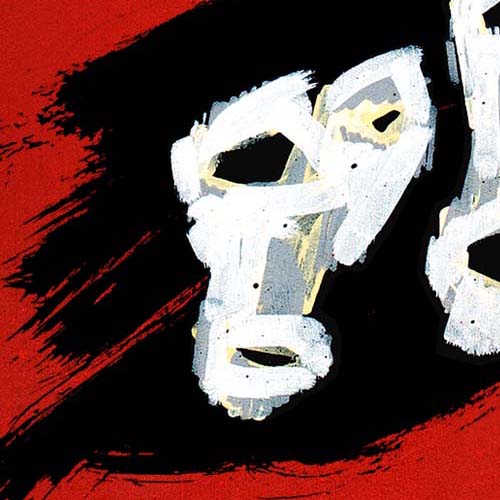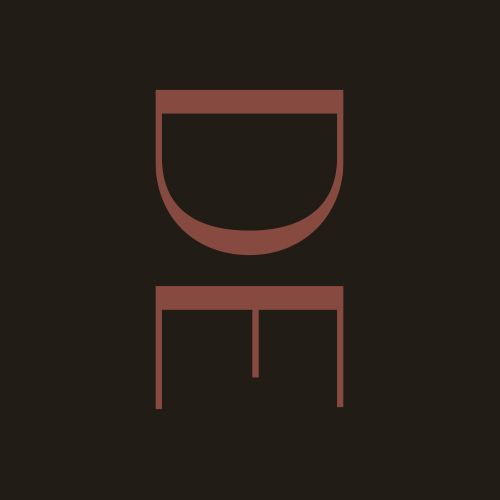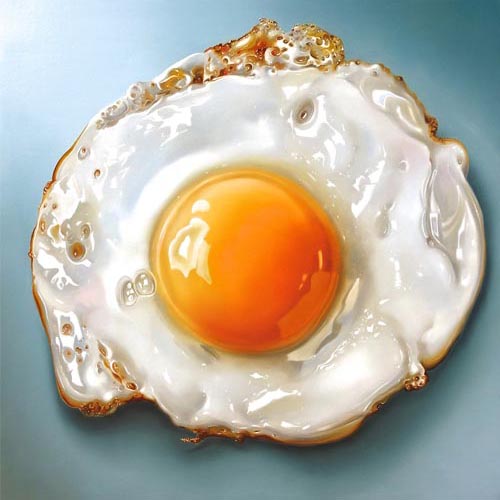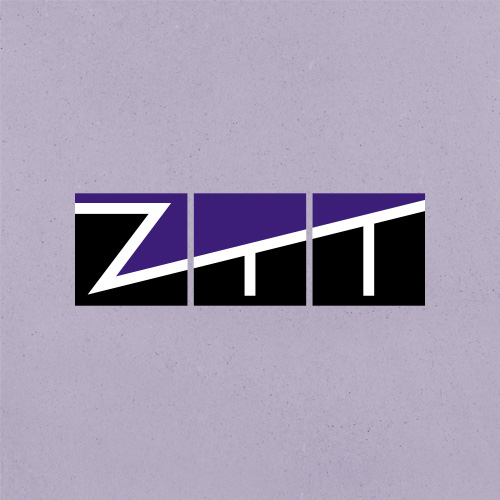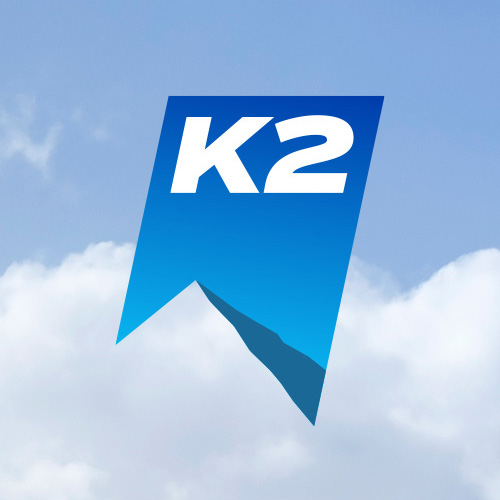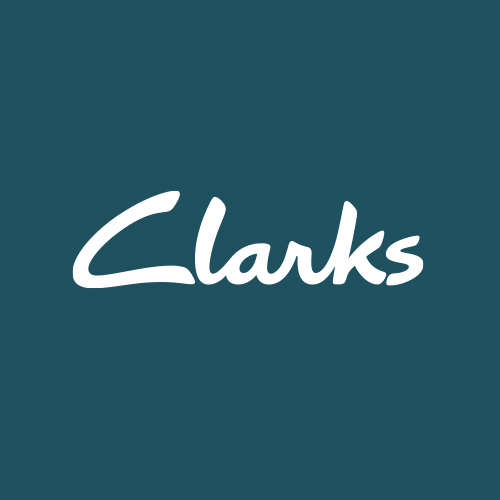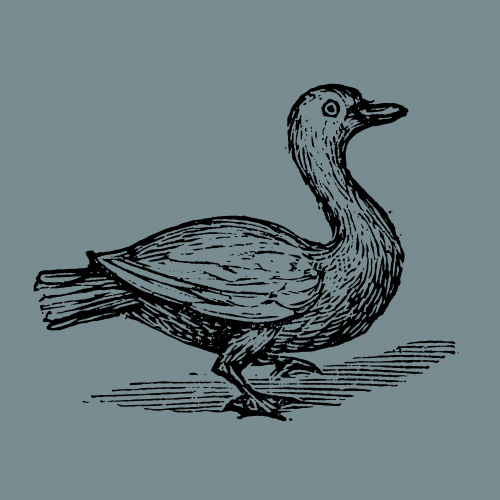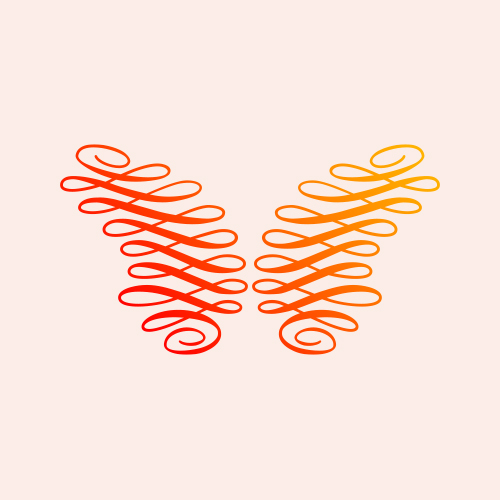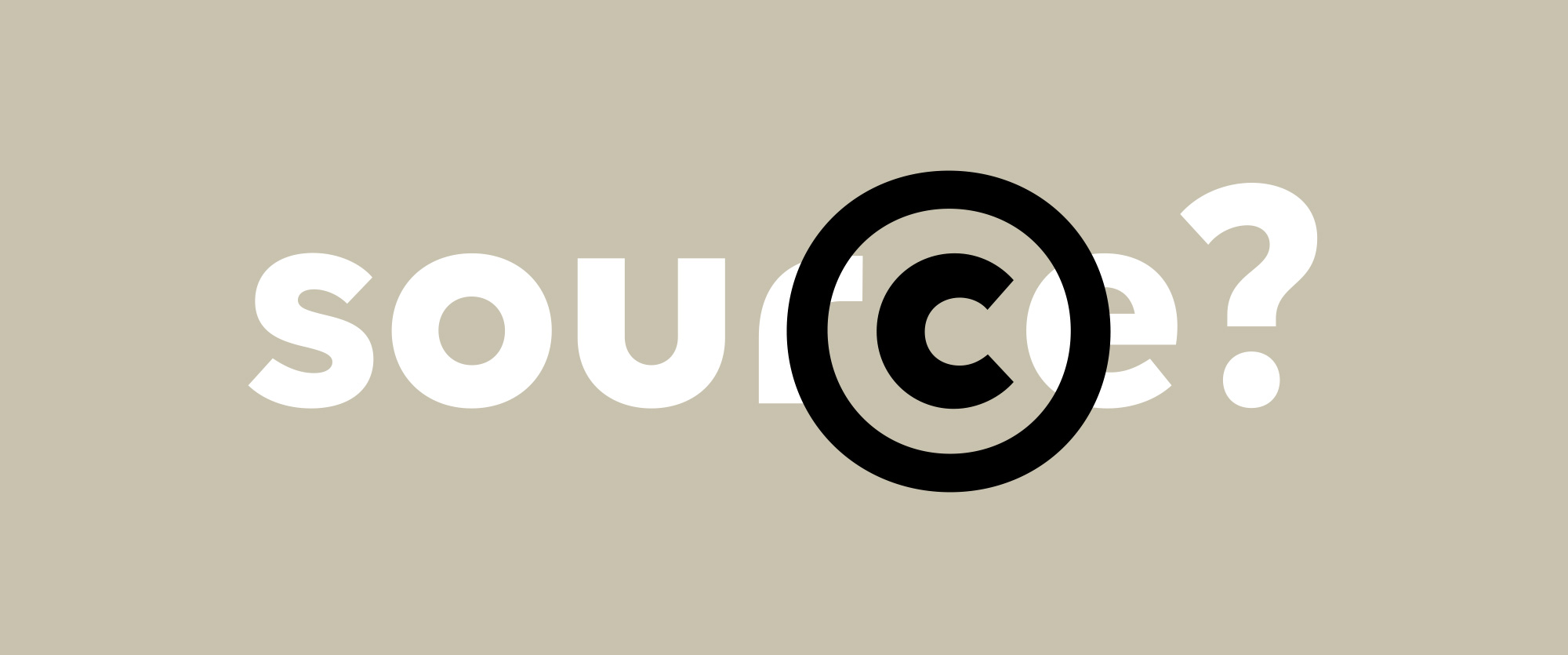
Who really owns your creative work? Know your copyright, design rights, trade marks and licences
Despite a common belief that if something sits on the worldwide web it must be free to use, most creators own the rights to their work, want to control what happens to it, and if they can, earn a fair living from it. And any client of said creators needs to know that work they commission benefits from some sort of protection under UK law.
To demonstrate ownership of a logo design, a font or a music track, you must assert your rights to it, or at least have permission to use it. There are a few ways to do this, and for most people, it involves words they’ve heard of but often don’t fully understand. If you’re a creator, an agency, or a commissioning client, the essentials are coming up.
Copyright
1. What is copyright?
When you create an original piece of work you automatically own the copyright to that work, from the date it was created — unless you create it while under contract to an employer — which means they most likely own it.
2. What does copyright apply to?
Generally speaking, copyright applies to original works of an artistic nature. For our purposes, that means a logo or symbol, a brand name, writing, illustrations, photographs, music, video or bespoke software and apps.
3. How is copyright arranged and how long does it last?
You don’t need to do anything special to assert copyright on original work. It is granted to the creator automatically. You can, however, choose to show a copyright notice on the work: it should begin with the © symbol, then the year of creation, followed by the owner’s name (an individual or a company). There are no fees to pay and there isn’t a copyright register. Right now in the UK, in nearly all cases, copyright lasts for 70 years after the death of the creator of a piece of work.
You can find out more about UK copyright law at gov.uk.
4. Who owns copyright in a client/agency relationship?
Even if work is created for a client, and is paid for by the client, the creator still owns the copyright. For the client to own the copyright, an agreement must be drawn up to assign copyright to the client. This can become especially important if a client’s company is sold or merges with another company. The client company’s buyer will want to know that copyright for creative work used by that company rests with the purchased company because it’s considered to be a business asset. No new company owner wants a breach of copyright letter in the post.
Design rights
1. What are design rights?
When you design something you automatically own the design rights from the date it’s created.
2. What do design rights apply to?
Generally speaking, design rights apply to 2D or 3D designs, specifically the design’s shape, configuration or appearance.
3. How are design rights arranged and how long do they last?
To assert design rights you have to demonstrate proof of when you created the design. In practice, this means a signed and dated copy of your design drawings (or photos) certified by a solicitor or IP lawyer. At the moment, for the shape and configuration of a 3D design, your design rights endure for 10 years after the design was first sold, or 15 years after it was created — whichever comes first. For the appearance of a 2D or 3D design, your design rights endure for three years from the date the design is public. Your rights encompass shape, colour, texture, materials and ornamentation. The gov.uk website is useful for information on unregistered designs.
4. Who owns design rights in a client/agency relationship?
To begin with, design rights rest with the designer. For a client to own the design rights, an agreement must be drawn up to transfer the design rights to the client.
Trade marks
1. What is a trade mark?
A trade mark is the official registration of a piece of creative work that you use for your commercial purposes and want to protect.
2. What does a trade mark apply to?
UK trade marks can be granted for brand names, phrases, logos, colours or sounds.
3. How is a UK trade mark arranged and how long does it last?
Trade marks are applied for at the UK IPO. They are granted in 34 classes for goods, and 11 classes for services. So you can’t register a trade mark for a skin care product and expect it to be automatically valid in the class for agricultural machinery. We’ve found that whilst it depends on their business, clients usually need to register their IP in two or three trade mark classes.
Before applying, it’s worth checking at the UK IPO to see if a trade mark has already been granted for something that’s similar to your work earmarked for registration. If there are marked similarities, going ahead with registration could mean the application is rejected and a lot of time and money is wasted. Creative types should also check the trade mark register (in the appropriate class) before presenting ideas to a client, to be sure they’re not about to unknowingly infringe a UK or international trade mark.
The trade mark registration process takes around four months, and if no-one contests your application, the trade mark is granted for 10 years and the ® symbol can then be used beside the name, phrase, logo or symbol that’s been registered. We can help you register a UK trade mark for work you’ve commissioned with us, or recommend a specialist for international trade mark registration.
4. Who owns a trade mark in a client/agency relationship?
Acting for yourself, you can register a trade mark in your own name or your company name, but any creative agency or IP specialist should register a trade mark in the name of their client. That way, the client can demonstrate the IP is definitely theirs when or if their company is sold, or merges with another.
Licenses
1. What is a license?
If you want to grant use of your creative work to multiple individuals (or companies), without giving them ownership of the work, you can issue a license.
2. What does a license apply to?
For our purposes, a license might be purchased for the use of fonts, illustrations, photography, software, video or a piece of music.
3. How is a license arranged and how long does it last?
You can buy a license to use a piece of work from the creator, or the creator’s agent (a music library, for example). A license will grant you use for a period of time — usually a month, a year, several years or perpetually. Most licences are renewable when they expire. Unlike instances of copyright, design rights or trade marks, you generally never own licensed work.
4. Who owns a license in a client/agency relationship?
A licence should usually be purchased for the individual or company that will be using the creative work. If you’re a company and your creative agency buys a font to use on your project, but it’s a licence in their company name, it’s not transferable to you — only the agency can use the font. In particular instances, an agency can purchase a licence to use creative work for commercial purposes on a client’s behalf — photographs or video from a content library, for example.
There are also new Creative Commons licences in existence that give everyone from individual creators to large institutions a standardised way to grant the public permission to use their creative work inside copyright law. Licences come in so many different shapes and sizes, with each carrying their own use limitations, it’s important that the details of each one are scrutinised.
Why does all this matter?
Knowing what creative work you own, and what you only have rights to use, is critical for both agency and client. The financial penalties for using someone’s creative work without permission can be steep — enough to do substantial damage to an individual or a medium-sized company. There’s also your reputation to consider, too — do you want to be known as the company that ‘borrows’ other people’s work? And finally, it’s about doing good, ethical business — anyone that has invested time, talent and learning into their creative work deserves fair payment and recognition.
More help
So now you know who really owns your creative work — and it’s probably not as simple as you imagined. If the rights to your own or your company’s work are bothering you, or you think someone is using your creative work without permission, talk to our favourite IP lawyer.




